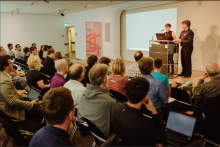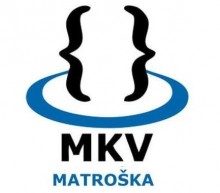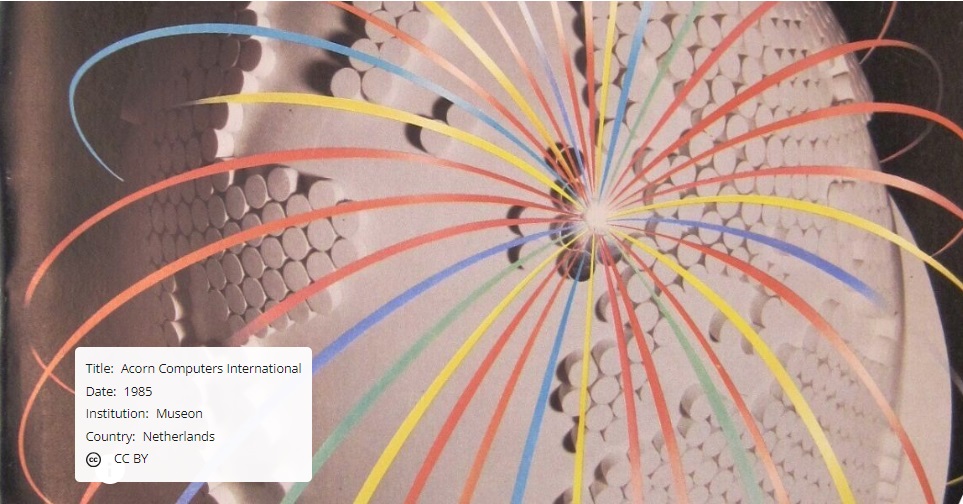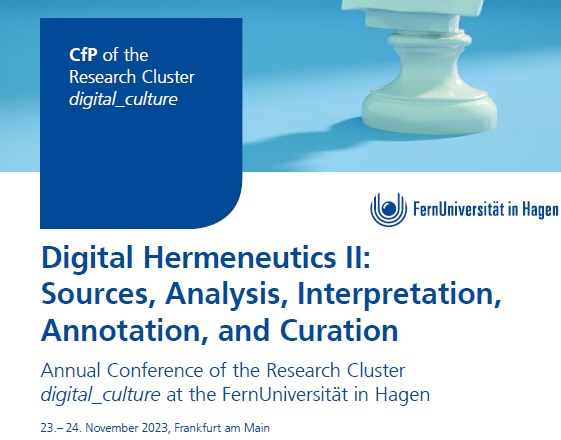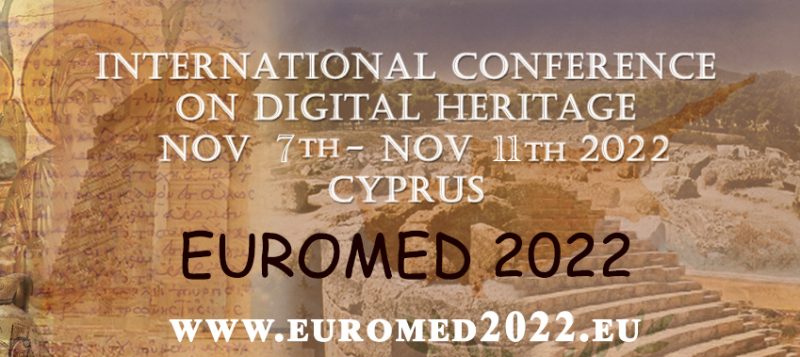 IETF PRAGUE 2015, 93rd Internet Engineering Task Force Meeting is starting on 19 July, 2015 and ending on 24 July, 2015. The Meeting location is going to be Hilton Prague Hotel.
IETF PRAGUE 2015, 93rd Internet Engineering Task Force Meeting is starting on 19 July, 2015 and ending on 24 July, 2015. The Meeting location is going to be Hilton Prague Hotel.
IETF PRAGUE 2015 is seen as a special Meeting which will cope with the topics of Engineering, Evolution Of Internet Technologie, Usage Of Protocols In The Internet, Operational Problems In The Internet and a lot more.
FFV1 and Matroska are on the agenda for the upcoming IETF meeting on July 22nd:
https://datatracker.ietf.org/meeting/93/agenda/dispatch/.
For further information visit the official website of IETF Prague 2015.
About the IETF
The Internet Engineering Task Force (IETF) is a large open international community of network designers, operators, vendors, and researchers concerned with the evolution of the Internet architecture and the smooth operation of the Internet. It is open to any interested individual. The IETF Mission Statement is documented in RFC 3935.
The actual technical work of the IETF is done in its working groups, which are organized by topic into several areas (e.g., routing, transport, security, etc.). Much of the work is handled via mailing lists. The IETF holds meetings three times per year.
The IETF working groups are grouped into areas, and managed by Area Directors, or ADs. The ADs are members of the Internet Engineering Steering Group (IESG). Providing architectural oversight is the Internet Architecture Board, (IAB). The IAB also adjudicates appeals when someone complains that the IESG has failed. The IAB and IESG are chartered by the Internet Society (ISOC) for these purposes. The General Area Director also serves as the chair of the IESG and of the IETF, and is an ex-officio member of the IAB.
The Internet Assigned Numbers Authority (IANA) is the central coordinator for the assignment of unique parameter values for Internet protocols. The IANA is chartered by the Internet Society (ISOC) to act as the clearinghouse to assign and coordinate the use of numerous Internet protocol parameters.
The IETF Standards Process is described in The IETF Standards Process (see also RFC 2026).
New participants in the IETF might find it helpful to read Getting Started in the IETF and The Tao of the IETF, (also available as RFC 4677). First-time attendees may also want to visit the Education (EDU) Team Web site where information and presentations on IETF roles and processes are available.



